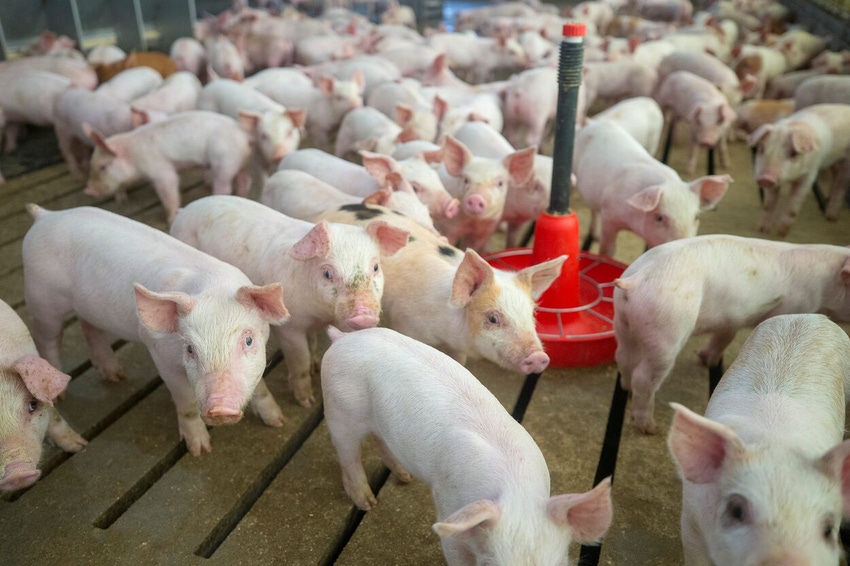Next generation sequencing in the field
Sparks shares his experiences using next generation sequencing for PRRSV.
February 2, 2023

In a recent Swine Health Blackbelt podcast, Joel Sparks, a swine veterinarian with AMVC Management Services, shared his experience using next generation sequencing for porcine reproductive and respiratory syndrome virus and the practical applications it may have in the future.
Sparks started by prefacing the conversation with two words: biosecurity and husbandry. "If we can live without PRRSV, that's far better than having to deal with it. And if we do get a disease, PRRSV or something else, good husbandry will get us back to where we need to be."
However, should a farm start to show signs of the virus, Sparks shared that NGS can be a valuable tool when more information about the specific strain is needed. "When I'm dealing with a case, and I get that PRRSV positive, and I'm asking myself the question, do I sequence or not, I'm asking, do I need better detail for where we might go."
NGS can be used to obtain a whole genomic sequence to characterize different PRRSV strains. ORF5 sequencing has been and continues to be used for this purpose, but that evaluates a much smaller section of the viral genetic code (genome). NGS can be useful in developing targeted control and eradication programs. It can also help monitor the spread of PRRSV within and between swine herds, allowing for better characterization of outbreaks and implementation of control measures to prevent further spread.
For example, when a sow farm started showing mild clinical signs of PRRSV, Sparks used the insights provided by NGS to help determine where the strain came from and how they would move forward.
By using NGS to better understand PRRSV, swine veterinarians and producers can make more informed decisions on managing and controlling this important swine disease, which can have significant economic impacts on swine farms and the industry.
You May Also Like



